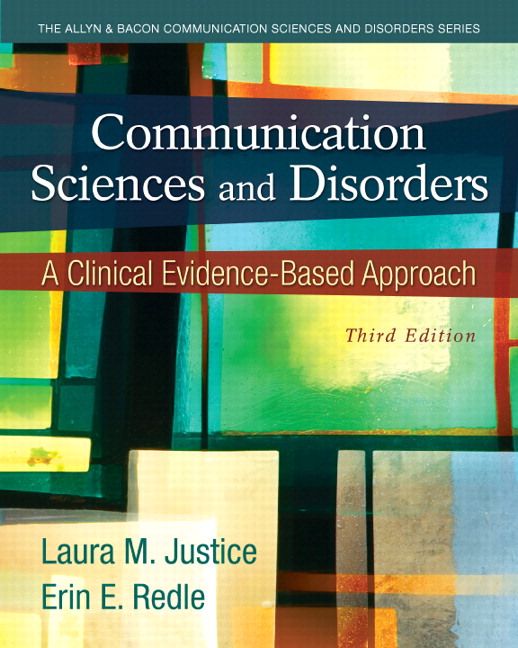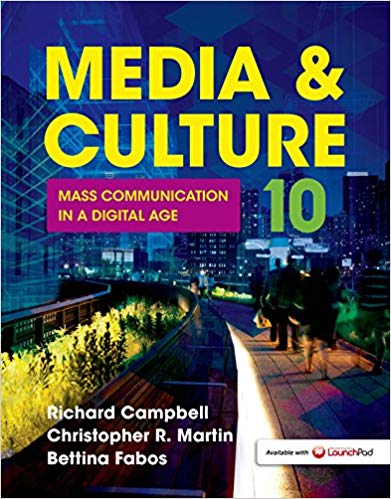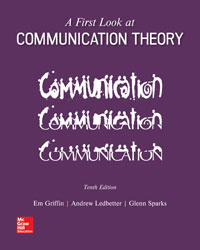Test Bank for Communication Sciences and Disorders 3rd Edition by Justice
Preface
Organization of the Manual
This Instructor’s Manual is designed to accompany the textbook Communication Sciences and Disorders: A Clinical Evidence-Based Approach, 3rd Edition. This manual, as it is in the text, is divided into 15 chapters. Each chapter of the Instructor’s Manual includes the following sections:
- Chapter Summary: a brief summary of the key elements of the chapter
- Focus Questions: five or six main questions that are addressed in the chapter
- Key Terms: a list of the key terms from the chapter
- Chapter Overview/Presentation Outline: an outline of the chapter, including main headings and subheadings; a general instructional guide to follow along with the PowerPoint slides is provided in italicized fond within the main outline
Note: The PowerPoint slides referred to within this outline can be found on the Instructor Resource Center for this text.
- Discussion Questions: a set of thought-provoking questions designed for either individual or small-group use at the conclusion of the chapter
Test Bank and Answer Keys
A test bank to accompany Communication Sciences and Disorders: A Clinical Evidence-Based Approach, 3rd Edition is also included in this manual. The test bank is divided into the 15 chapter sections, with an answer key provided at the end of each section. This test bank is available in a computerized version as well. The following types of questions are included:
- Multiple Choice
- True/False
- Short Answer
- Essay
Communication Sciences and Disorders: Pearson eText
The videos referred to in this Instructor’s Manual can be found in the Video-Enhanced Pearson eText for Communication Sciences and Disorders, 3e, exclusively from Pearson. Full-color online chapters include dynamic videos that show what course concepts look like in real classrooms, model good teaching practice, and expand upon chapter concepts. Over 42 video links, chosen by our authors and other subject-matter experts, are embedded right in context of the content you are reading. Interactive features include embedded video, note taking and sharing, highlighting, and search to engage the reader. Conveniently enjoy instant online access from your computer or download the Pearson eText App to read on or offline on your iPad and Android tablets.
Chapter 1: Fundamentals of Communication Science and Disorders
Chapter Summary
Communication is the sharing of information between two or more people. Humans communicate to achieve instrumental, regulatory, interactive, personal, heuristic, imaginative, and informative purposes. An effective communicator uses communication for these diverse purposes and is able to avoid communication breakdowns by providing and attending to feedback during the communication process.
Language, speech, and hearing are the essential ingredients of communication. Language is a socially shared, rule-governed symbol system used by humans to represent ideas about the world. The five domains of language are semantics, syntax, morphology, phonology, and pragmatics. Speech is a complex neuromuscular process that turns language into a sound medium that is transmitted to another person. Speech involves a three-stage process: conceptualization of a perceptual target, development of a motor schema, and speech output. Hearing is the perception of sound; in the communication process, it refers specifically to the perception of sound; in the communication process, it refers specifically to the perception of speech. The acoustic process involves the creation of a sound by a source, the vibration of air particles, reception by the ear, and comprehension by the brain.
Significant, ongoing communication breakdowns may signal a communication disorder. Communication disorders are differentiated as language disorders (child language disorders, adult language disorders, reading disabilities), speech disorders (articulation and phonological disorders, fluency disorders, voice disorders, motor speech disorders), hearing disorders (sensorineural hearing impairment, conductive hearing impairment, auditory processing disorder), hearing disorders (sensorineural hearing loss, conductive hearing loss, auditory processing disorders), and feeding and swallowing disorders (pediatric feeding and swallowing disorders, adult dysphagia).
The primary professionals who work with people who have communication disorders are speech-language pathologists and audiologists; both types of professionals are certified by the American-Speech-Language-Hearing Association. Special educators, medical professionals, and members of the allied health professions also play key roles in diagnosis and remediation of communication disorders.











